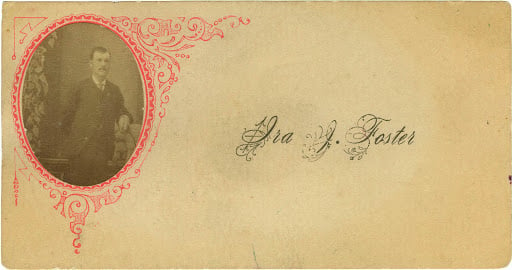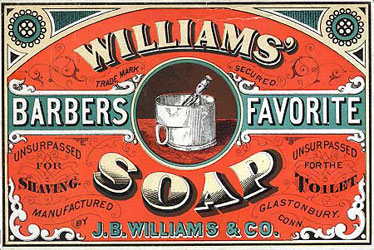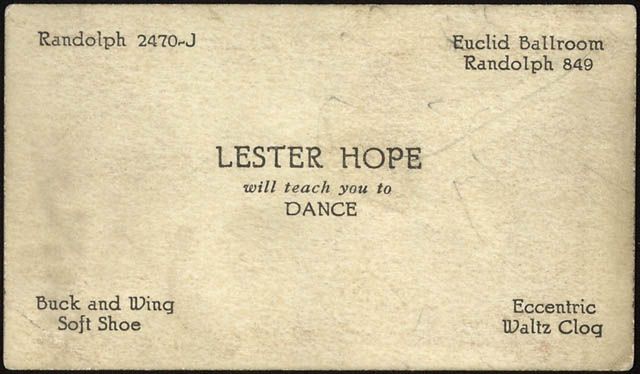- Plastic Business Cards
- Gift Cards
- Key Tags
- Custom Products
- Custom Plastic Cards
- Resources

The evolution of the business card has been ongoing for hundreds of years. The tradition of handing a card with contact information to potential clients is one that has persisted for many years, and anyone who’s seen American Psycho knows how infamous and important they can be. This tradition didn’t really start with business, however; in fact, early “business cards” had very little to do with business, but were used for more social ends. So how did that transition take place? Well, the story all begins in 15th century China.
The first “business cards” can be tentatively traced back to the courts of 15th century China, in which visiting cards called “Meishi” were used as tools for self-promotion and building social or business-related relationships. When one member of the aristocracy went to visit another, they would send a Meishi in advance. That way, the receiving aristocrat would be able to look over the card to decide whether or not they want to take the meeting. Even in its early days, the business card was being used to get people in the door, allowing for meetings, transactions, and relationships to build from the foundation of the card.
In Germany in 1440, a goldsmith by the name of Johannes Gutenberg was busy inventing what would become the printing press. By 1500, the printing press had already produced more than 20 million volumes. This creation was the perfect way for visiting cards to make it big and Europe, and soon, big it was. The visiting card spread rapidly through Europe, eventually culminating in the French Visite Biletes or “visiting card,” used for very similar purposes as the Meishi. Soon enough, there were trays in homes throughout Europe for the purpose of collecting visiting cards. The Visite Biletes eventually became the Carte de Visite, patented in 1854 by Andrew Adolphe Eugene Disderi, which differed from its predecessor in one major way: it had pictures.

The name and picture combo was a way of spreading reputation, and those with pictures were more likely to be invited into meetings. The cards were impressive nevertheless, with beautiful typography and photography.
During the rise of the Visite Biletes, another type of card was growing in popularity: the Trade Card. These cards were like little advertisements, showing off a place of business, or more specifically, their most popular products. These are far more similar to the business cards we are all familiar with, but still not quite there.

Trade cards were often very specific about the products on offer, usually featuring the name of the business and then a few popular items. They mirror advertisements more than business cards, and visiting cards were more like social resumes than business cards. Though when the two practices are combined, the traditional business card is born.
Business cards and their many forms have always been made to get your foot in the door, make sure people accept your meetings or buy your products. The more they develop, the more the process has been streamlined, and the more you need your card to stand out from the crowd. The trade card and the visiting card do not have to be two separate entities, and eventually, advertising yourself and your business landed squarely on the shoulders of a single card: the business card.

In more recent years, business cards have developed into mini-transactions and meetings of their own, with each hand-off resulting in a business decision: to hire or not, to meet or not, it begins and ends at the card. Cards function as mini-resumes for a world on a tight schedule, and so it became more and more important to stand out from the other cards. Information present on the cards became quick and important, like names, addresses, and phone numbers, became central. Cards were cheap to print and easy to hand out, and so as business cards grew in popularity, so did the struggle to be recognized under the heaps of cards.

And so, business cards evolved. They moved from paper to plastic, metal, wood, silk, and took all shapes, sizes, and types. There is more potential in business cards today than there ever has been, and we are now entering the age of virtual business cards, in which QR codes or near-field communication (NFC) technology can place your card’s information right into the phone of your potential client. As business cards evolve and grow in potential, so can your designs, tactics, and creativity. With limitless possibilities, standing out is in your hands now; get designing, and start growing your business.